Learning how to longboard can be an exciting new adventure, especially if you’re just starting out. Whether you’re looking for a fun way to commute or a new hobby to challenge yourself, longboarding offers a perfect blend of thrill and ease.
In this step-by-step guide, I’ll show you how to longboard for beginners by breaking down the basics of selecting the right board, mastering your stance, and building confidence on the road.
With the right tips and practice, you’ll be cruising smoothly in no time.
Let’s get started on your longboarding journey!
What is Longboarding?
Longboarding is a form of skateboarding that uses a longer and wider board. It offers more stability, which is why it’s ideal for beginners.
Unlike a regular skateboard, a longboard is designed for cruising, carving, and downhill riding. Whether you’re using it for transportation or tricks, it’s a great way to experience the freedom of the road.
Choosing Your First Longboard
Before you even step on a longboard, it’s essential to choose the right one. For beginners, it’s crucial to find a longboard that suits your riding style.

- Cruising Longboards: If you’re mainly using the longboard for transportation, go for a cruiser. These boards are longer, providing better balance for smooth rides.
- Carving Longboards: Want to feel like you’re surfing the streets? A carving board is designed for smooth, wide turns.
- Downhill Longboards: If speed is your goal, a downhill board gives you stability at high speeds.
Safety Gear for Longboarding Beginners
Safety should always be your first priority when learning to longboard. Make sure you gear up with the following:
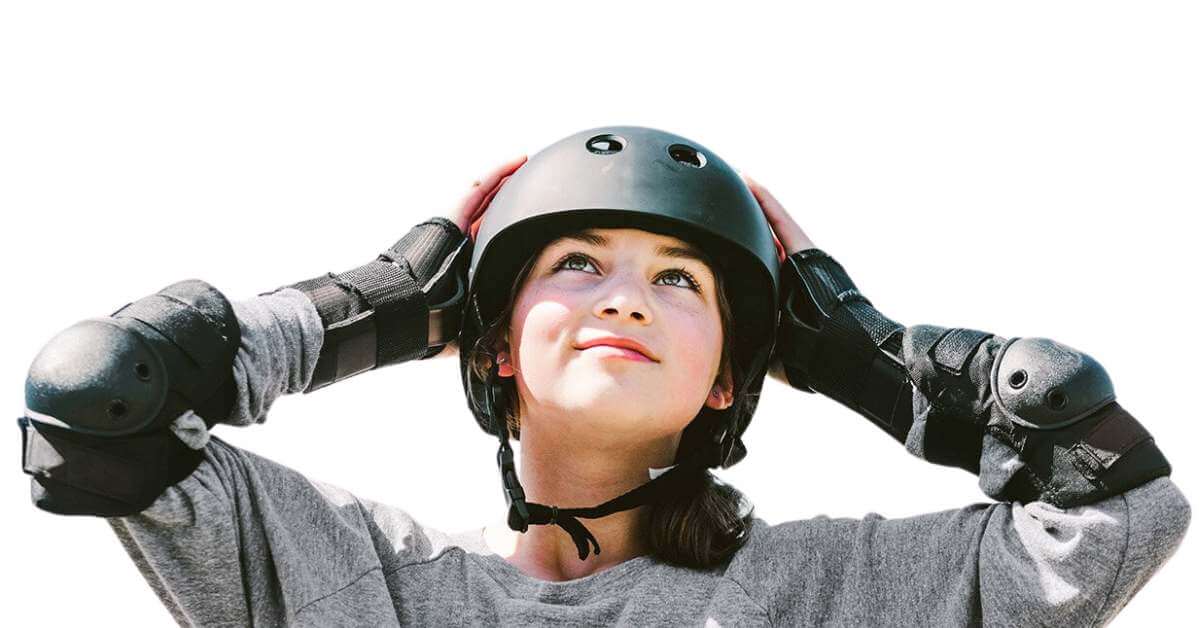
- Helmet: Always wear a helmet to protect your head.
- Knee and Elbow Pads: These will help you avoid scrapes and bruises.
- Wrist Guards: Since beginners tend to fall, wrist guards will protect your hands and wrists from injury.
How to Ride a Longboard for Beginners
Step 1: Find Your Stance
To start longboarding, you need to determine your stance:
- Regular Stance: Your left foot is in the front, and your right foot pushes off the ground.
- Goofy Stance: Your right foot is in the front, and your left foot pushes.

Stand on the board and see which stance feels more natural.
Step 2: Balancing on a Longboard
Once you find your stance, practice balancing on your board. Place your front foot near the front trucks and your back foot near the rear trucks. Try shifting your weight from your toes to your heels to get used to how the longboard moves.
Step 3: Pushing Off and Rolling
To get moving, push off with your back foot while keeping your front foot stable on the board. After a few pushes, place your back foot on the board and start rolling. Remember to keep your knees slightly bent for better balance.
Step 4: Turning and Carving
Once you’re comfortable with rolling, it’s time to learn how to turn and carve. To turn the longboard, lean in the direction you want to go—heels for one direction, toes for the other. Carving involves making smooth, s-shaped turns by shifting your weight back and forth.
Step 5: Stopping Safely
As a beginner, knowing how to stop is critical. Here are a few methods:
- Foot Brake: The most common method. Take your back foot off the board and gently drag it along the ground to slow down your longboard.
- Carving: You can slow down by making wide turns, reducing your speed gradually.
- Jump Off: As a last resort, jump off the board and let it slow down naturally.
Related Article: How To Ride A Longboard?
Tips for Beginner Longboarders
- Start on a Flat Surface: Don’t start on hills right away. Practice on flat ground to build up your skills.
- Stay Loose: Don’t stiffen up while riding. Keep your body relaxed, and let your knees absorb the shocks.
- Practice Falling: Falls are inevitable when you’re learning. Practice safe ways to fall, such as rolling when you hit the ground, to avoid injury.
Frequently Asked Questions (FAQs) About How to Longboard for Beginners
Is longboarding easy to learn for beginners?
Yes, longboarding is relatively easy to learn, especially if you start with the right board and practice on flat surfaces.
How long does it take to learn longboarding?
Depending on your practice, it can take a few hours to a couple of weeks to get the hang of longboarding.
What type of longboard is best for beginners?
For beginners, cruiser longboards are ideal as they offer more stability and balance.
What should beginners avoid when learning to longboard?
Beginners should avoid steep hills, going too fast too soon, and riding without proper safety gear.
Executive Summary
Longboarding for beginners is all about finding your balance, learning the basics, and most importantly, having fun!
Start with the right gear, practice regularly, and soon enough, you’ll be cruising with confidence. Whether you’re looking to longboard for tricks, mastering the basics will set you on the right path.
Get out there, grab your board, and start shredding!



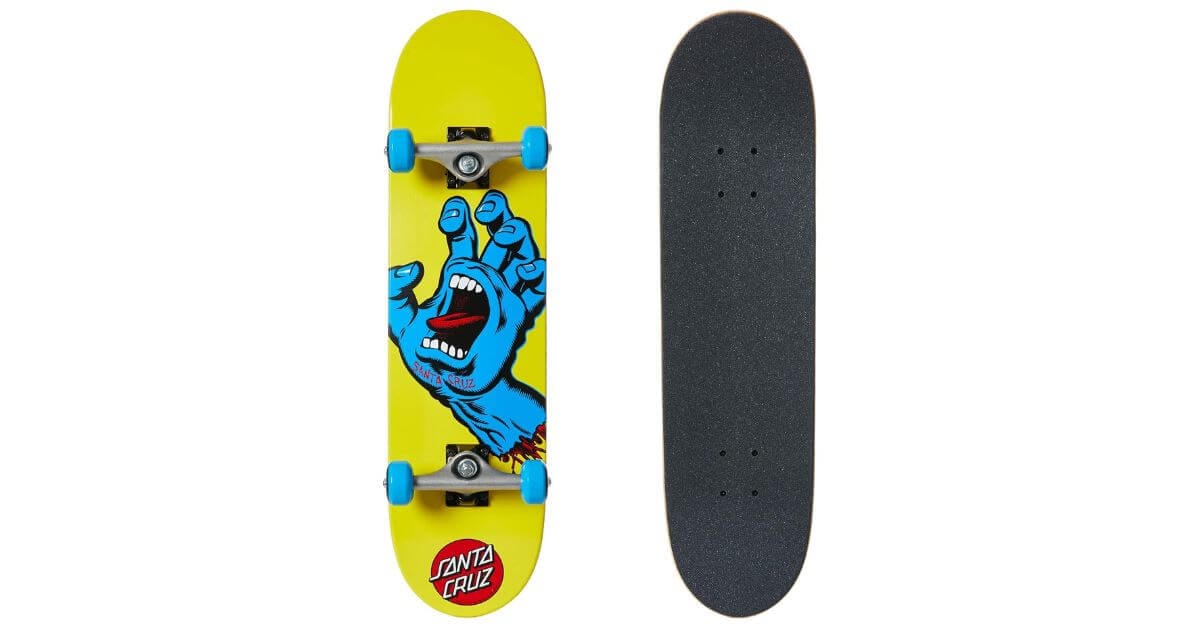
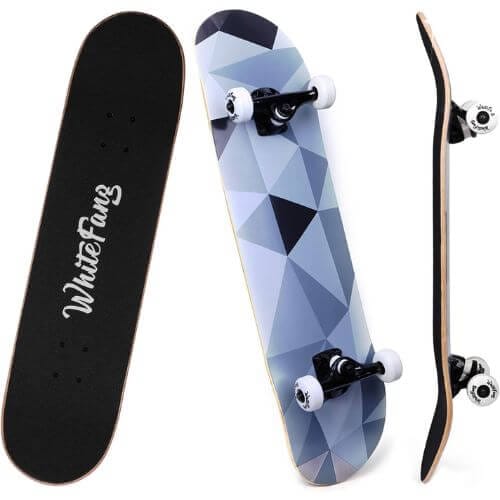


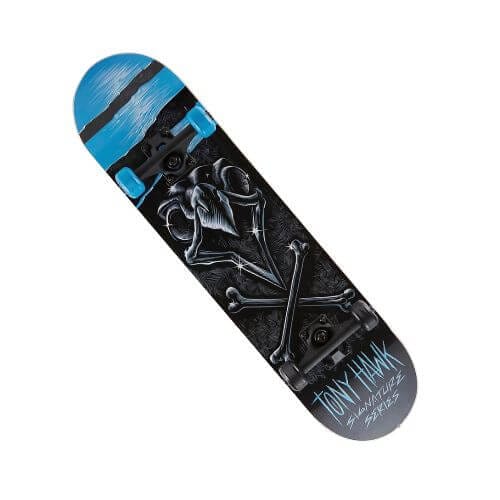



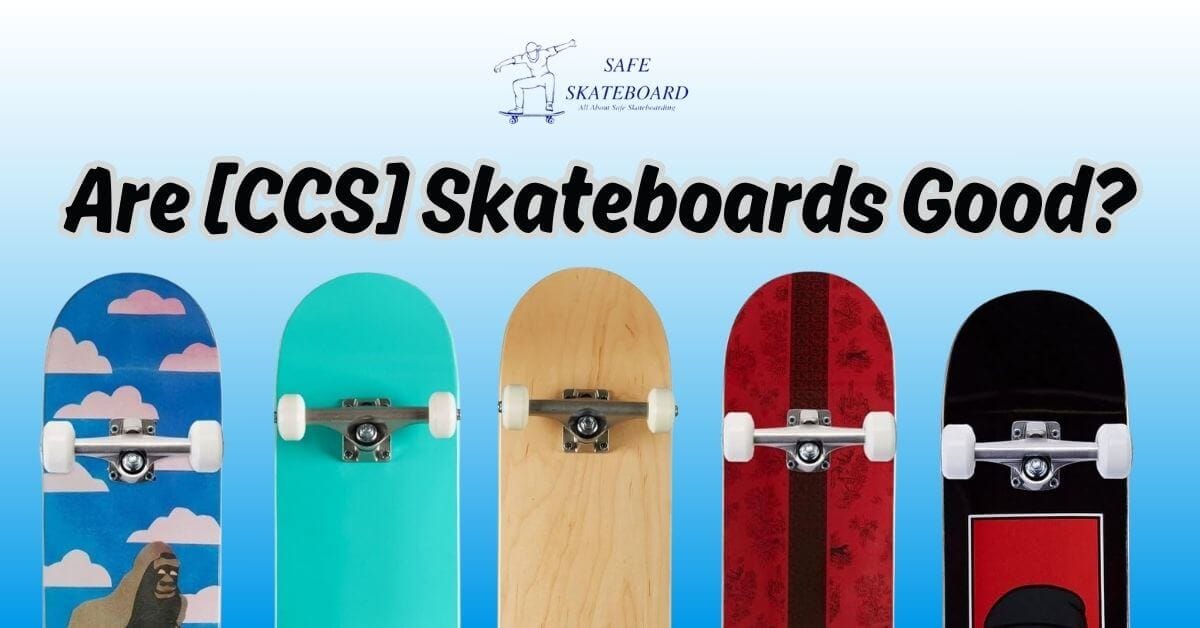

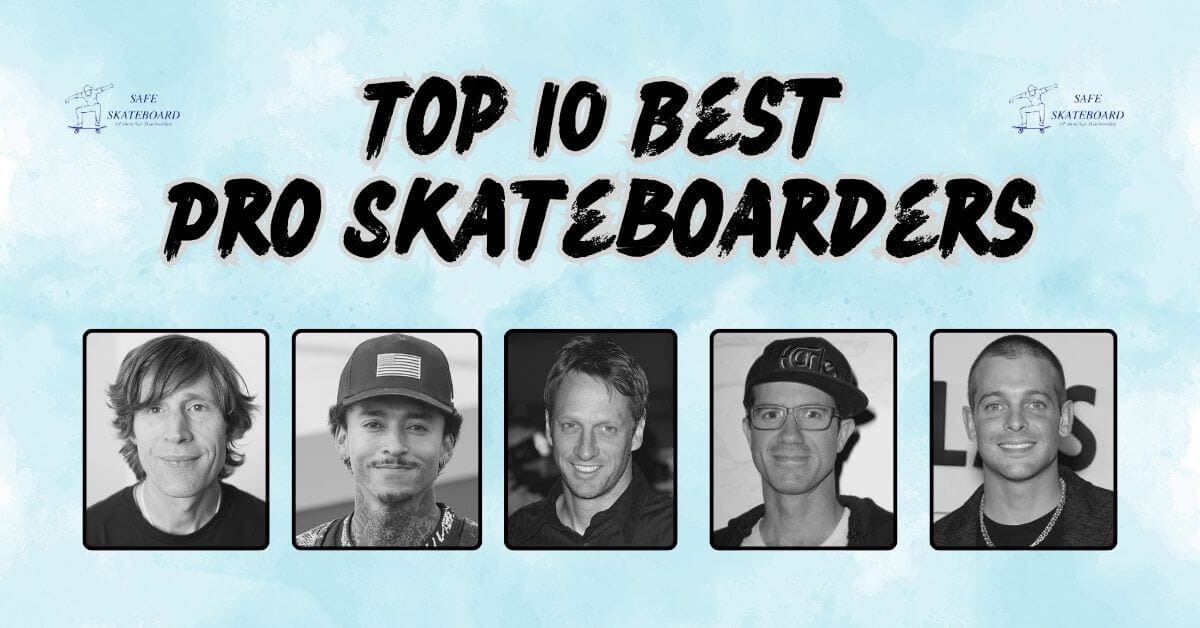
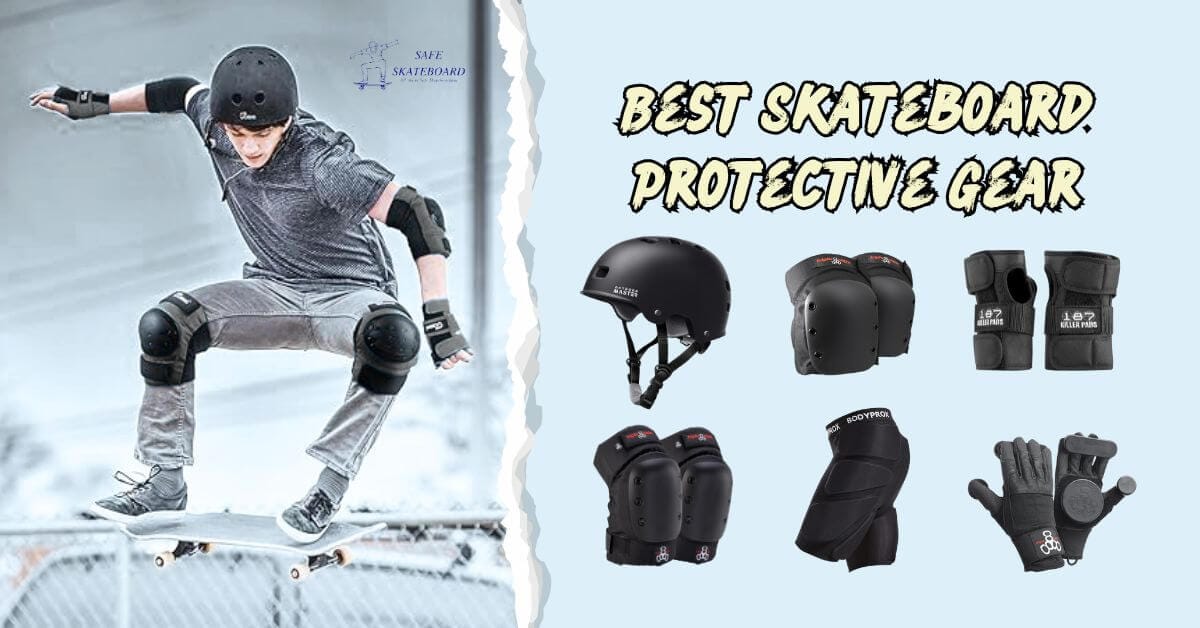

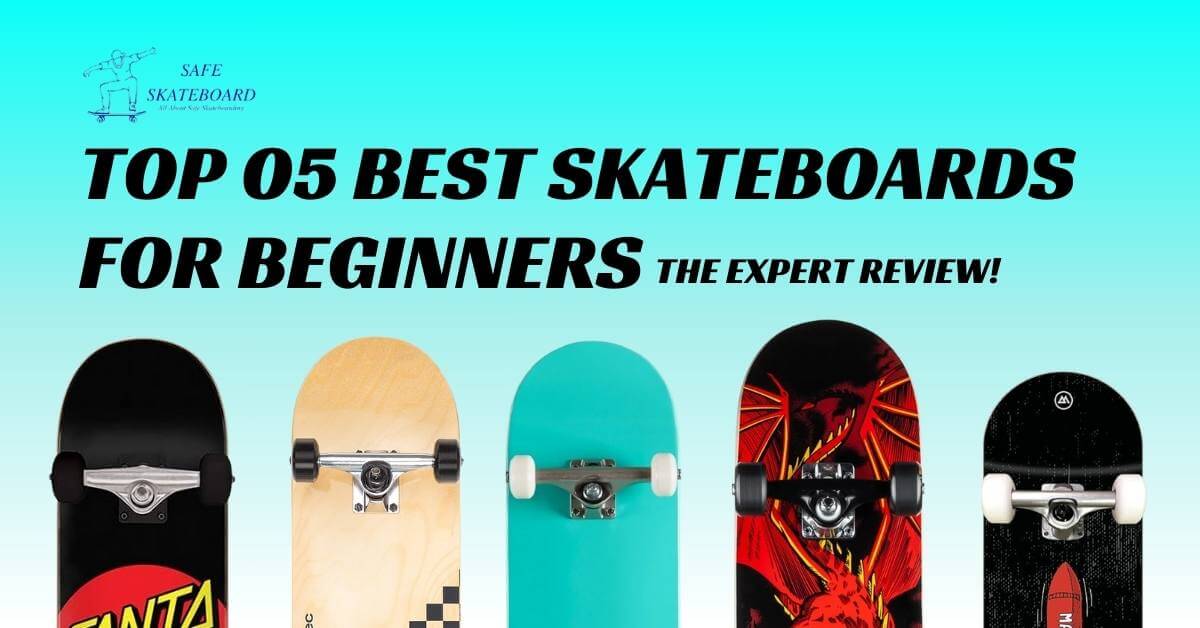
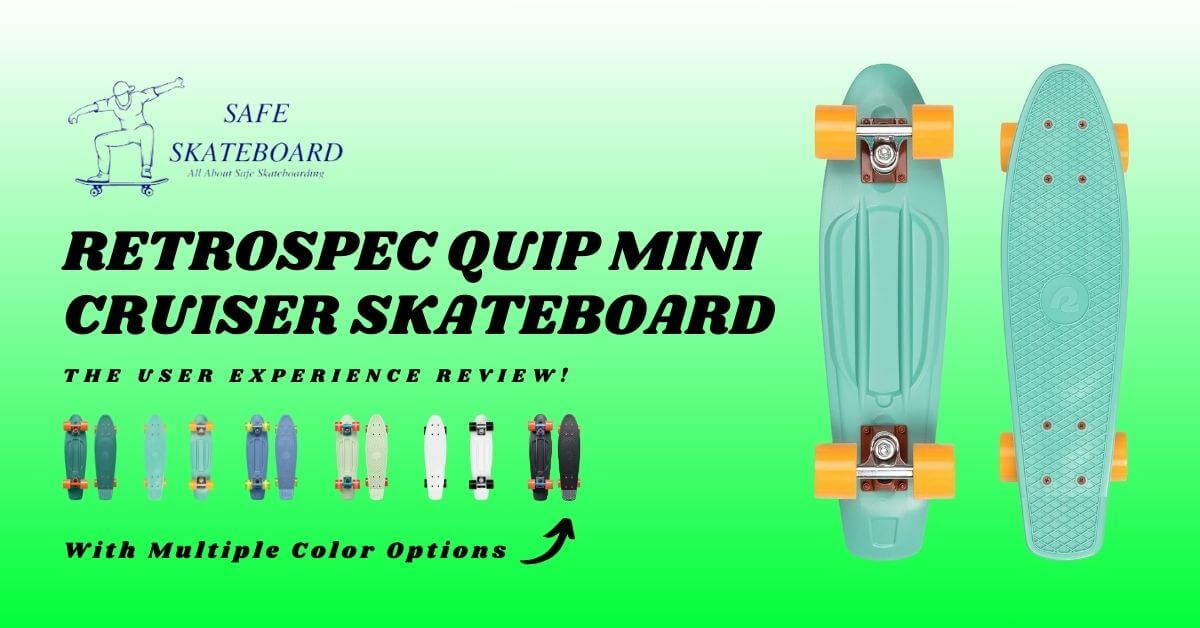
Hey, thnx huh…It,s been Roughly 40 yrs since, I did any boarding back home in DSM, Ia. The hills and riding close to the grass before crash when you start vibrating before eating it or impact. Banana board. Now got a longboard and gonna hit it…….motorcycle and bicycle are becoming dangerous with my mind set……so, Big Mahalo warming up